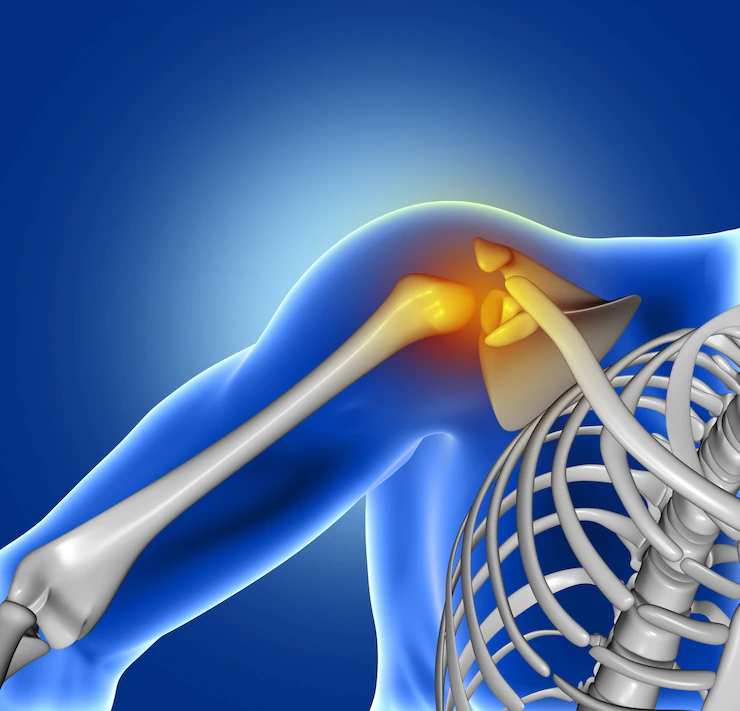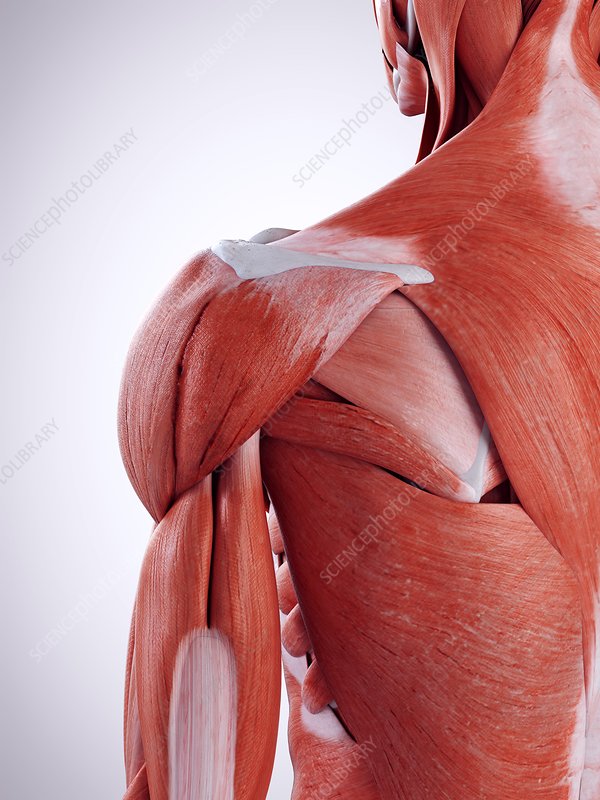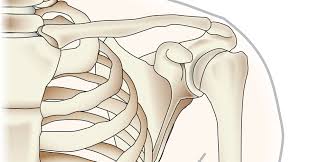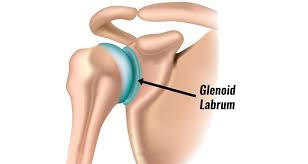
The shoulder is one of the most sophisticated and complicated joints of the body:
Because the shoulder is such a unique joint it is also prone to particular problems. In fact it would be more correct to call it the SHOULDER COMPLEX.
This section will hopefully explain some of the terminology you might hear and relate this to disorders of the shoulder complex. Understanding how the different layers of the shoulder are built and connected can help you understand how the shoulder works and is affected by injury and overuse.

The muscles of the shoulder either connect the scapula and clavicle to the trunk, or connect the clavicle, scapula and body wall to the proximal (top) end of the humerus. The trapezius, levator scapulae, and rhomboids originate from the base of the skull and/or spine and connect the scapula and clavicle to the trunk of the body.

The bones of the shoulder consist of the humerus(the upper arm bone), the scapula(the shoulder blade), and the clavicle(the collar bone). The clavicle is the only bony attachment between the trunk and the upper limb. It forms the front portion of the shoulder girdle and is palpable along its entire length with a gentle S-shaped contour.

The shoulder joint is considered a ‘ball and socket’ joint, however, the ‘socket’ (the glenoid fossa of the scapula) is quite shallow and small, covering at most only a third of the ‘ball’ (the head of the humerus). The socket is deepened by the glenoid labrum.
Opening Hours at Dr. Chakri's Orthopedic Clinic
Contenental Hospital Timings
Monday to Saturday: 10am-4pm

WhatsApp us